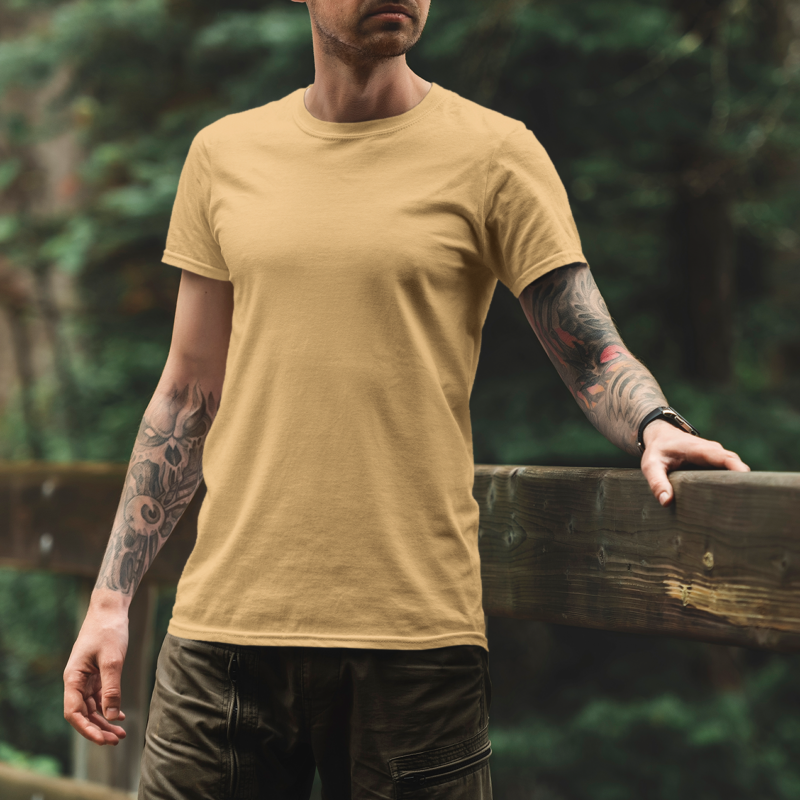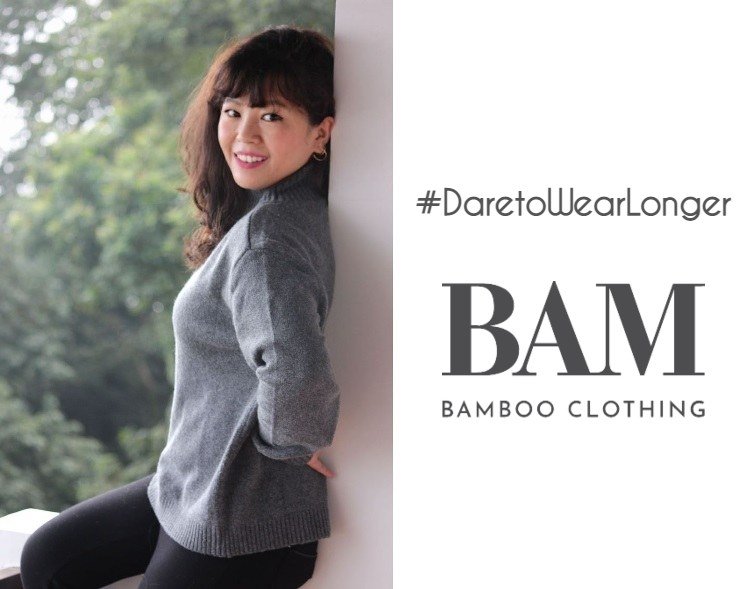Top Reasons For Choosing Hemp Clothing
Wiki Article
What Are The Main Differences Between Hemp And Cotton In Terms Of The Use Of Water, Pesticides And Herbicides.?
Due to a variety of reasons, hemp is believed as a sustainable crop than cotton in relation to water usage as well as pesticides and herbicides.
Hemp The needs for water in Hemp are minimal compared to other crops like cotton. Hemp is a drought-resistant plant and can thrive with very little water. Hemp is often planted with rainwater alone in many areas, making it a more efficient choice for water use.
Cotton- Traditional textiles are notorious for their high water consumption. Cotton farming is typically heavily irrigated, which could reduce the water resources of the region and create water shortages. Cotton farming has been criticised for its water-intensive methods.
Pesticides, Herbicides
Hemp- Hemp naturally resists many diseases and pests, which means it's less likely to require chemical herbicides or pesticides. Certain hemp crops may require pest control measures. However, the total usage of chemical inputs for certain crops is lower like cotton. The hemp cultivation process organically is pesticide-free.
Cotton- The conventional cultivation of cotton is based on pesticides and synthetic herbicides to control weeds and pests. These chemicals can have adverse effects on the natural environment. This includes water and soil pollution as well as harming non-targeted animals and pesticide resistance.
Summary: hemp is considered to be a more eco sustainable plant compared to cotton when it comes to the use of water, pesticides, herbicides.
Hemp typically requires less water and can often be grown without irrigation or rainwater.
Hemp is naturally invulnerable to diseases and pests, which reduces the need for pesticides.
Hemp is usually grown using fewer pesticides and herbicides than conventional cotton.
It's crucial to be aware that sustainable and environmentally friendly practices vary between farmers. Additionally, organic methods of farming can further enhance the durability of cotton and hemp since they limit the use of synthetic chemicals and promote soil health. In assessing the environmental impact of textiles and clothing, making sure to use organic and sustainable fibers, whether cotton or hemp, will contribute to reducing the ecological impact of the fashion industry. Take a look at the top rated learn more about hemp clothing for more recommendations including mens hemp t shirts, hemp tees wholesale, 100 hemp t shirt, mens hemp t shirts, hemp work pants, hemp shorts, hemp fabric clothing, patagonia work pants hemp, hemp clothing wholesale, hemp wear and more.

How Does Hemp Clothing Compare To Other Fibres In Terms Of Quality And Function?
Hemp clothing offers a variety of practical and technical advantages in comparison to traditional fabrics. It is also environmentally green. Here are a few examples of how hemp clothing can be an eco-friendly, high-performance alternative.
Hemp fibers help wick away moisture from your body, keeping you cool and dry in hot weather. They assist in wicking away moisture from your body, which can keep you dry and cool in hot weather and reduce the risk of bacterial growth and odors.
Temperature Regulation
Hemp clothing exhibits excellent thermoregulatory characteristics. It can keep warm in cold temperatures by capturing body heat in close proximity and helps to remain cool during hot conditions when moisture and heat can be released. The natural regulation of temperature could reduce the necessity to change clothes frequently.
Durability and longevity-
Hemp fibers are durable. Hemp clothing is known to be more robust, resistant to wear, and long-lasting than traditional fibers. The long-lasting nature of hemp clothing means that it can last longer, decreasing the need to replace them and, consequently, the environmental impact.
UV Protection
Hemp fibers are a natural source of UV protection, shielding skin from damaging UV radiation. This benefit is especially useful for outdoor sports and activities.
Biodegradability:
Hemp clothing biodegrades with time, which means it breaks down after being disposed. This reduces the environmental burden of waste textiles, in contrast to synthetic fibers which can remain in landfills for a long time.
Low Environmental Impact
Hemp cultivation requires less synthetic pesticides compared to cotton. It also uses less precious resource water. This is a greener option. The ecological benefits of hemp cultivation that is organic are even more pronounced.
Carbon Sequestration
In the course of their growth hemp plants are able to absorb carbon dioxide in the air. The cultivation of hemp acts as a carbon sink and assists in reducing the amount of greenhouse gases.
Sustainability and Crop Rotation-
Hemp is easily integrated into crop-rotation systems that improve the overall health of the soil. It also reduces the risk of soil loss or disease accumulation. This sustainable farming technique is possible due to sustainable farming practices.
Versatility:
Hemp fibers are a versatile material that blends with organic cotton recycled polyester, or other substances to make sustainable textiles. This versatility allows for the creation of new and sustainable textile products.
Low Toxicity
Hemp fibers are low in toxicity and do not require a lot of chemical processing during manufacturing, reducing the environmental impact of textile production.
It is essential to keep in mind that while hemp does have many environmental benefits, including functional ones, its overall sustainability also depends on factors such as the process of dyeing, transport, and ethical work practices. To make conscious choices for the environment consumers should search for brands that focus on sustainability integrity, transparency, and ethical manufacturing practices while using hemp and other natural fibers in their clothing. View the top look at this on hemp clothes for blog recommendations including patagonia hemp overalls, clothes made from hemp, hemp button shirt, hemp jeans, jungmaven t shirt, hemp bathing suit, hemp jeans, hemp textiles, hemp clothing womens, hemp golf shirts and more.

What Are The Advantages Of Wearing Bamboo Clothing In Terms Of Eco-Friendliness And Comfort?
Bamboo clothing offers several advantages in terms of comfort and the environment. Comfort-
Bamboo fabric is known for its softness. It is silky and smooth to touch, making it comfortable on the skin. Bamboo clothing is a favorite because of its luxurious softness which makes it an ideal option for activewear, loungewear and intimate apparel.
Bamboo fibers possess a natural ability to wick moisture and are breathable. Air can circulate through the micro-gaps which keep you cool in the hottest temperatures. The moisture-wicking properties help to pull sweat away from the skin and decrease the feeling of dampness.
Thermoregulation- Bamboo clothes have excellent thermoregulatory properties. It helps keep you warm in cooler temperatures by trapping heat closer to the body. In hot weather, bamboo clothing keeps you cool by allowing the heat and moisture to be able to escape. Bamboo clothing is appropriate to wear throughout the year since it can adapt to different temperatures.
Hypoallergenic bamboo fabric is hypoallergenic, and gentle for skin that is sensitive. Bamboo fabric is more likely than other fabrics to cause allergic reactions or irritation, making it a great choice for those who have sensitive skin or allergies.
Bamboo fibers naturally have antimicrobial properties, and can stop the growth of the bacteria that cause the odor. This helps to maintain the freshness of bamboo clothes even in physical activity.
Environment-
Sustainability- The bamboo plant is a sustainable, renewable resource. It is among the fastest-growing species around the globe and requires little water and no pesticides or herbicides for cultivation. Bamboo can be harvested and not kill the plant as it regenerates through its root system.
Bamboo is a water-efficient plant by nature. It can thrive with minimal irrigation, and is often cultivated using only rainwater and reduces the environmental impacts caused by water use in agriculture.
Biodegradability. Bamboo clothes are biodegradable. They naturally break down over time. This property reduces the accumulation of textile waste that is not biodegradable in landfills.
Carbon Sequestration Bamboo plants are able to absorb CO2 from the air during the rapid growth. This means that bamboo cultivation can act as a carbon sink, helping to slow climate changes by reducing greenhouse gas emissions.
Chemical Reduction Bamboo fabric is manufactured using fewer chemical treatments than other types of textiles. This helps reduce the impact on the environment of textile manufacturing.
Closed-Loop Production- A few bamboo fabric production processes use closed-loop systems, which recycle and reuse water and chemicals, while minimizing pollution and waste.
The impact on the environment of bamboo clothing is according to how they're constructed and if the bamboo comes harvested from forests that are sustainable and sustainably managed. Bamboo clothing that is produced using environmentally friendly practices will give the greatest environmental benefit. Have a look at the best bamboo clothes for site examples including bamboo yoga pants, t shirts bamboo, bamboo pants mens, bamboo cay christmas shirts, bamboo pants for women, bamboo ladies clothing, bamboo dress socks, preemie bamboo pajamas, bamboo family pajamas, bamboo undergarments and more.
